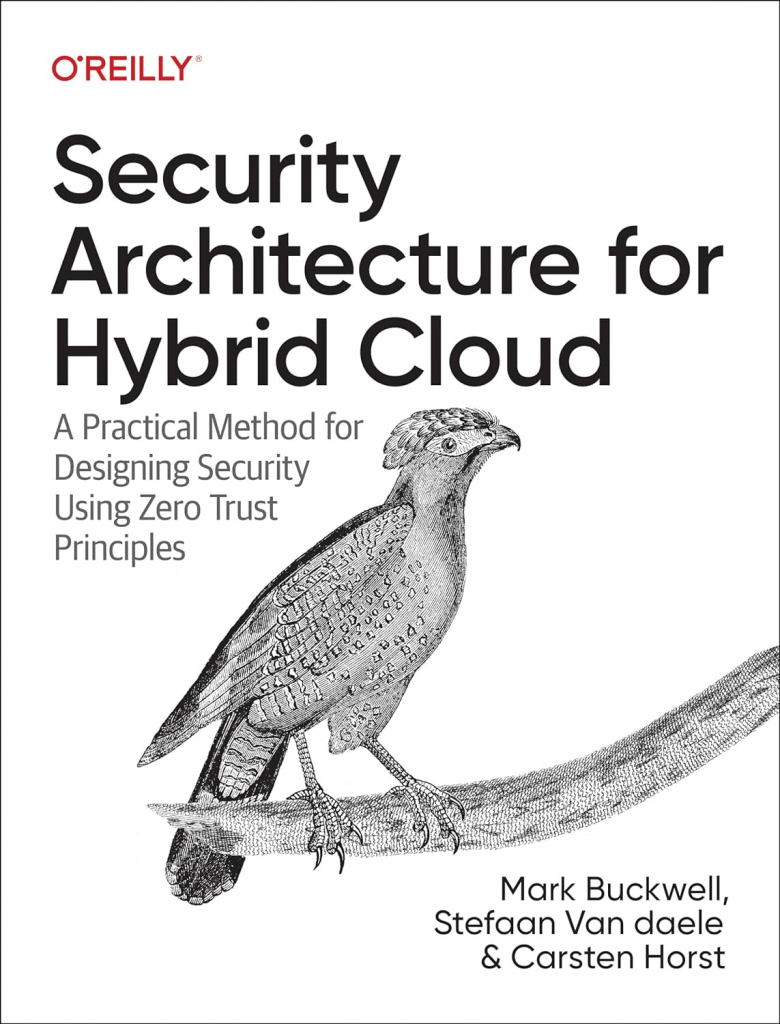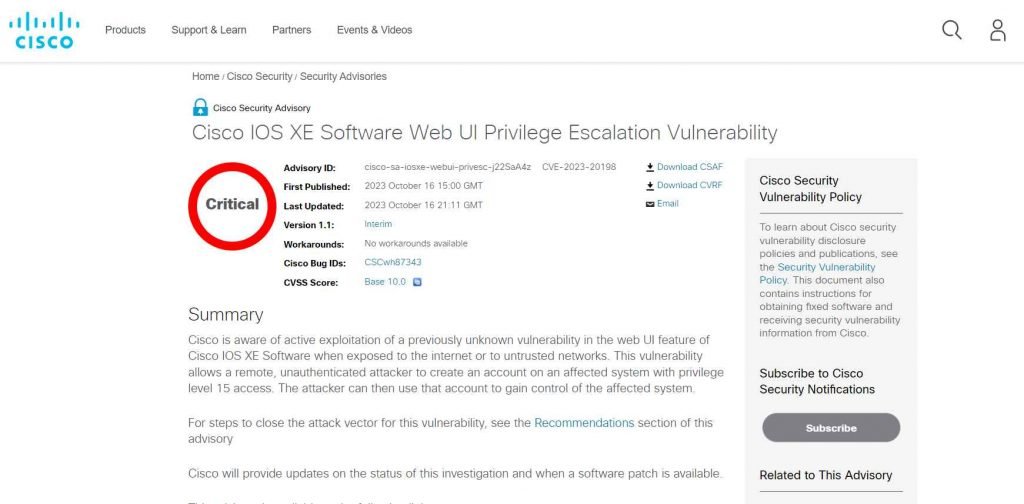Zero Trust Architecture
Cloud computing and the use of mobile devices challenged the concept of a perimeter-based security model. The change in thinking started with the Jericho Forum in 2007 releasing the Jericho Forum Commandments for a de-perimiterised world where it’s assumed a network perimeter doesn’t exist.
John Kindervag, from Forrester Research, then came up with the term “zero trust” in 2010 and developed the phrase “never trust, always verify” . He identified zero trust as a model that removes implicit trust within a system boundary and continuously evaluates the risks by applying mitigations to business transactions and data flows at every step of their journey. The phrase “assume breach” is also often associated with zero trust and comes from the phrase “assume compromise” used by the US Department of Defense in the 1990’s.
The approach requires a combination of technologies, processes, practices, and cultural changes to be successfully implemented. It involves a fundamental shift in the way organizations approach cybersecurity. Traditional “castle and moat” security models assumed, after data passed through the perimeter, that everything inside a system could be implicitly trusted.
Zero trust basics
The zero-trust model assumes that all business transactions and data flows, whether originating from inside or outside the network, are potentially malicious. Every interaction in a business transaction or data flow must be continuously validated to ensure that only authorized users and devices can access sensitive business data. In effect, it moves the perimeter from the system boundary to the point at which identification, authentication, and authorization take place, resulting in identity becoming the new perimeter. The whole concept often gets simplified down to the “never trust, always verify” principle, but it’s more than that.
Zero-trust architecture requires a cultural shift that emphasizes the importance of security rather than just compliance throughout an organization. This means that implementing a zero-trust architecture involves not only the deployment of specific technologies but also the development of processes and practices that promote a data security first mindset across the organization, building on the data centric security approach we discussed earlier.
When architecting and developing security for a system, an architect should follow a set of principles, tenets, or simply a way of thinking to apply zero trust. Zero trust isn’t an end-to-end method, and a comprehensive approach requires integration with other architectural thinking techniques.
Zero trust principles
Organizations offer guidance in publications including the US National Institute of Standards and Technology (NIST) SP 800-207 Zero Trust Architecture document that has a set of zero trust architecture tenets and the UK National Cyber Security Centre (NCSC) Zero trust architecture design principles

InfoSec services | InfoSec books | Follow our blog | DISC llc is listed on The vCISO Directory | ISO 27k Chat bot




